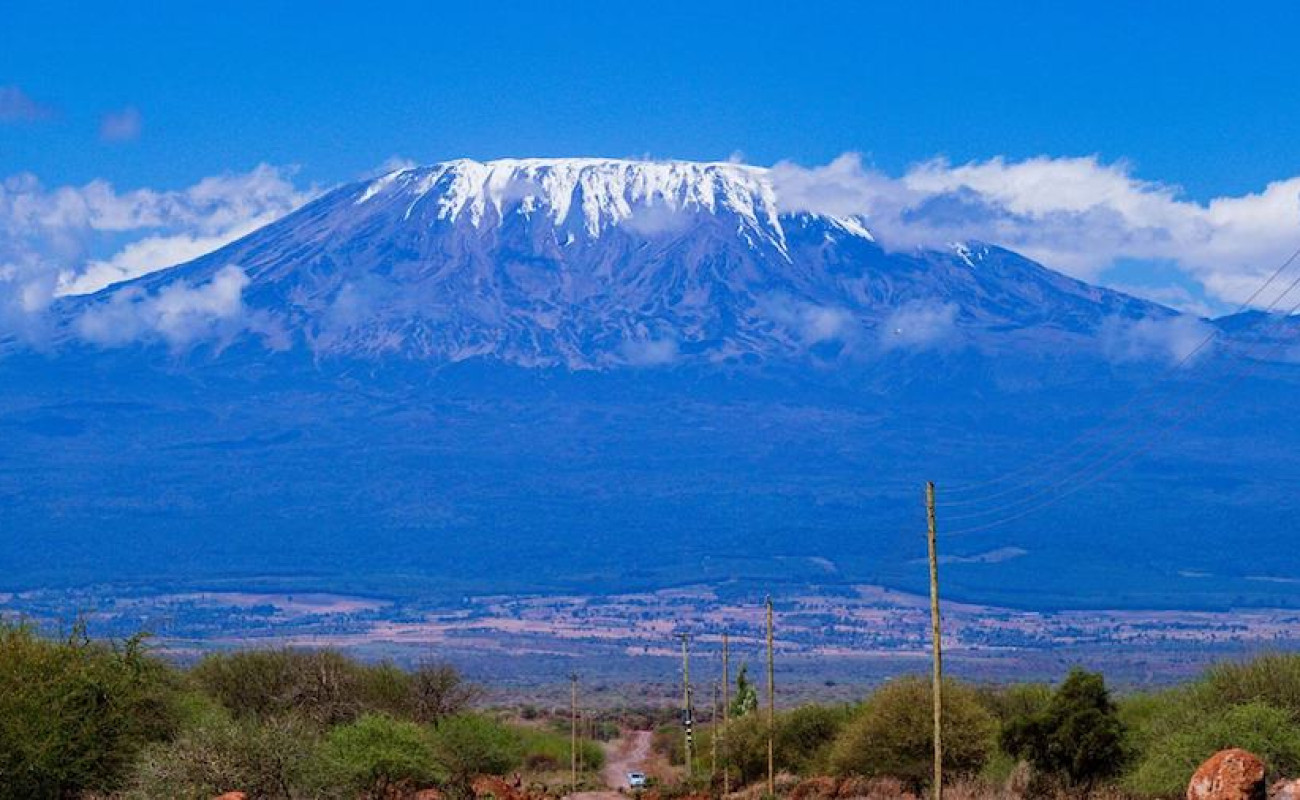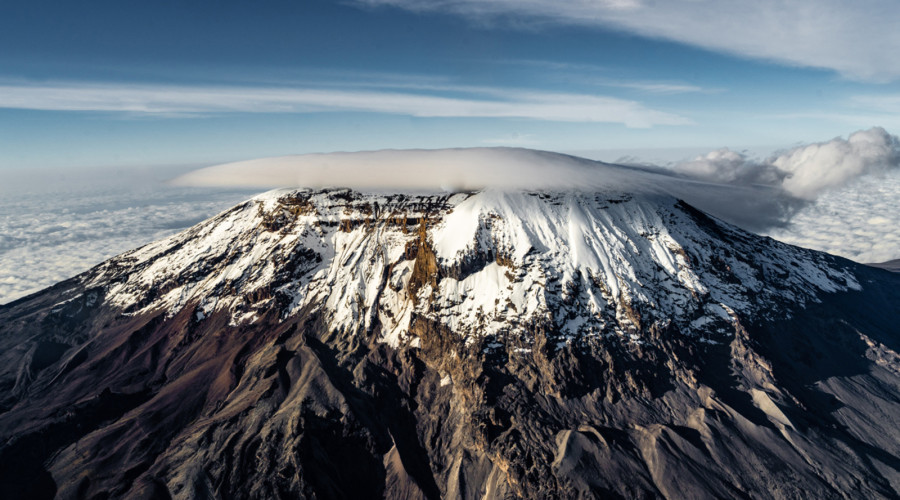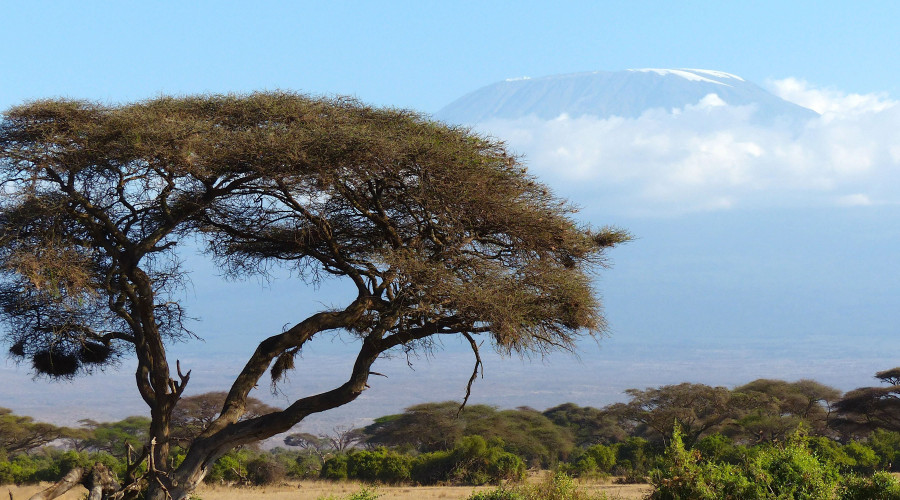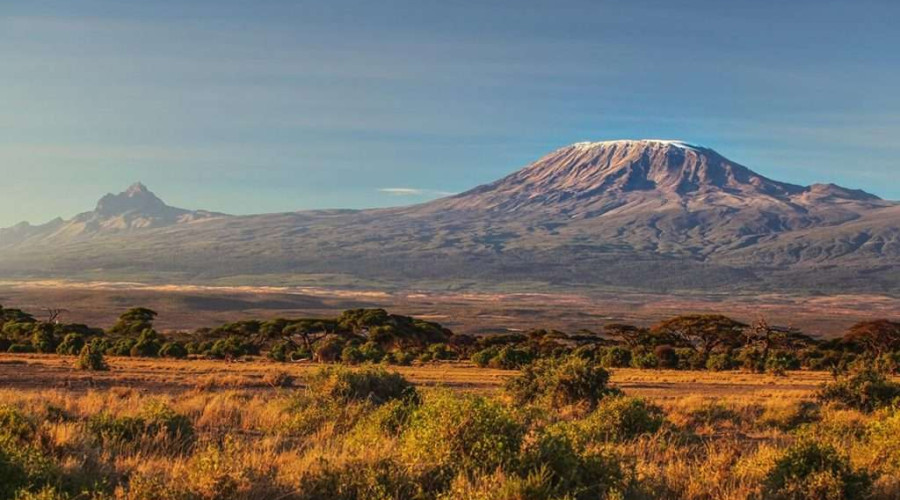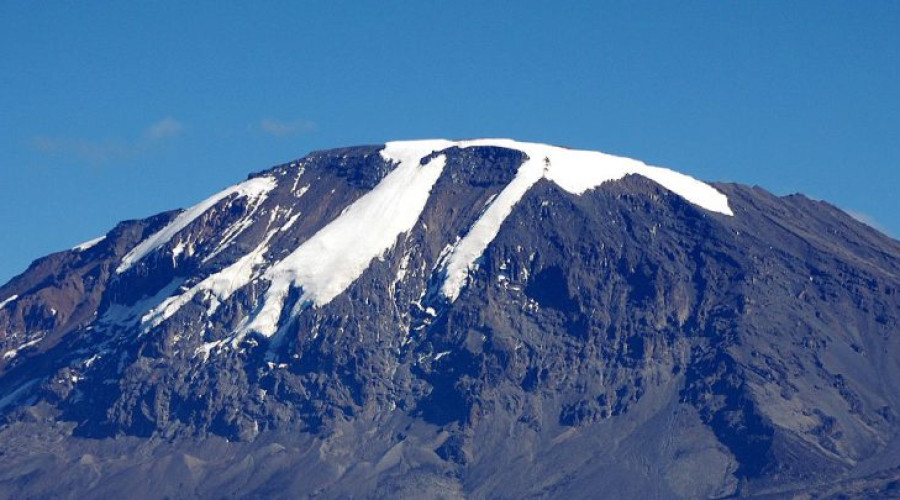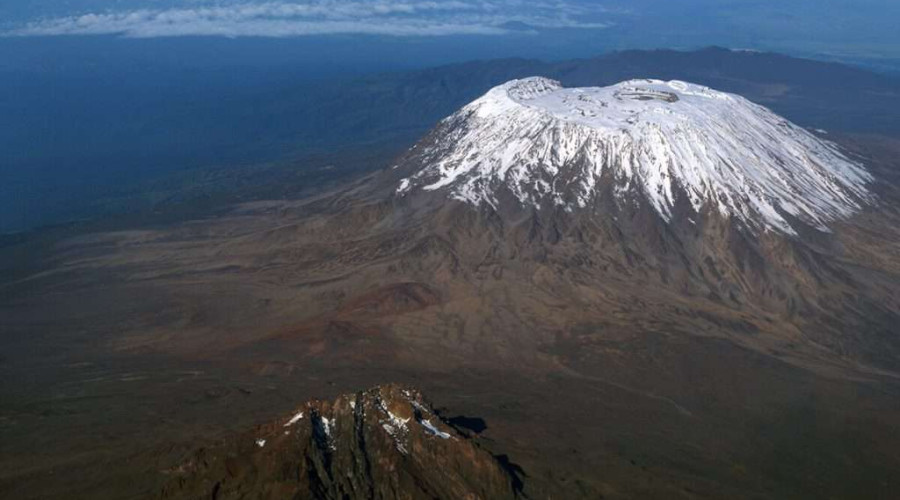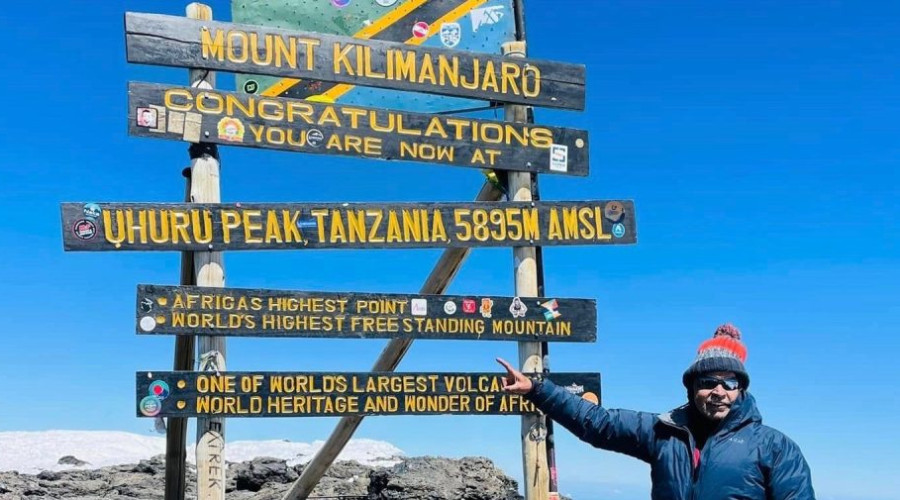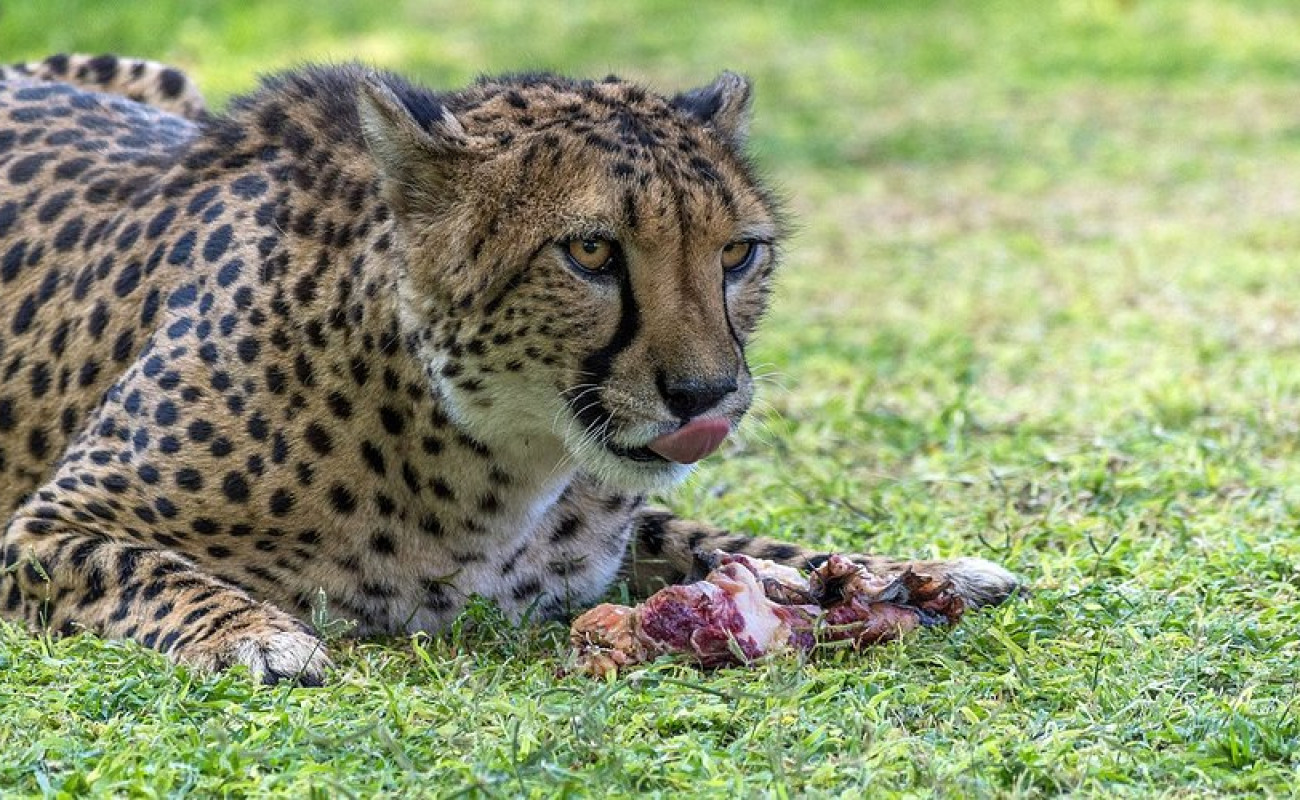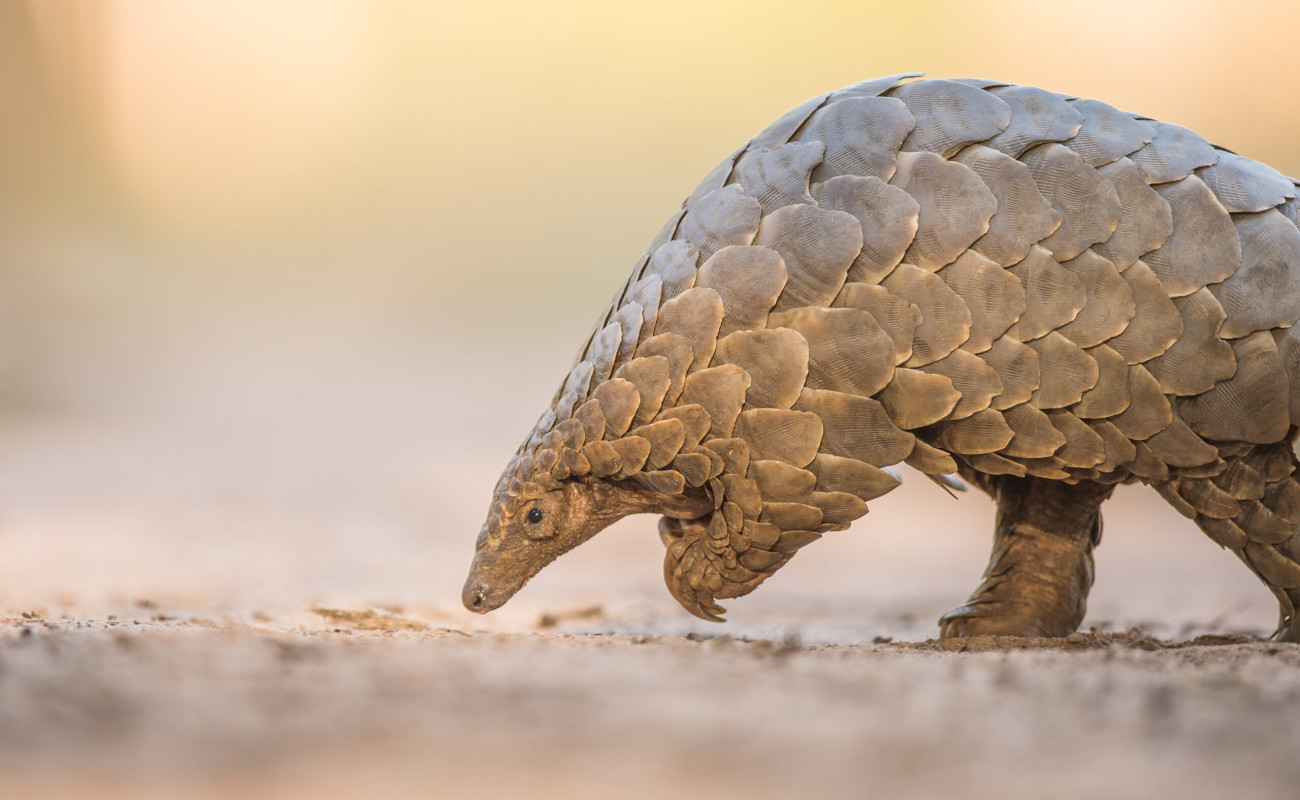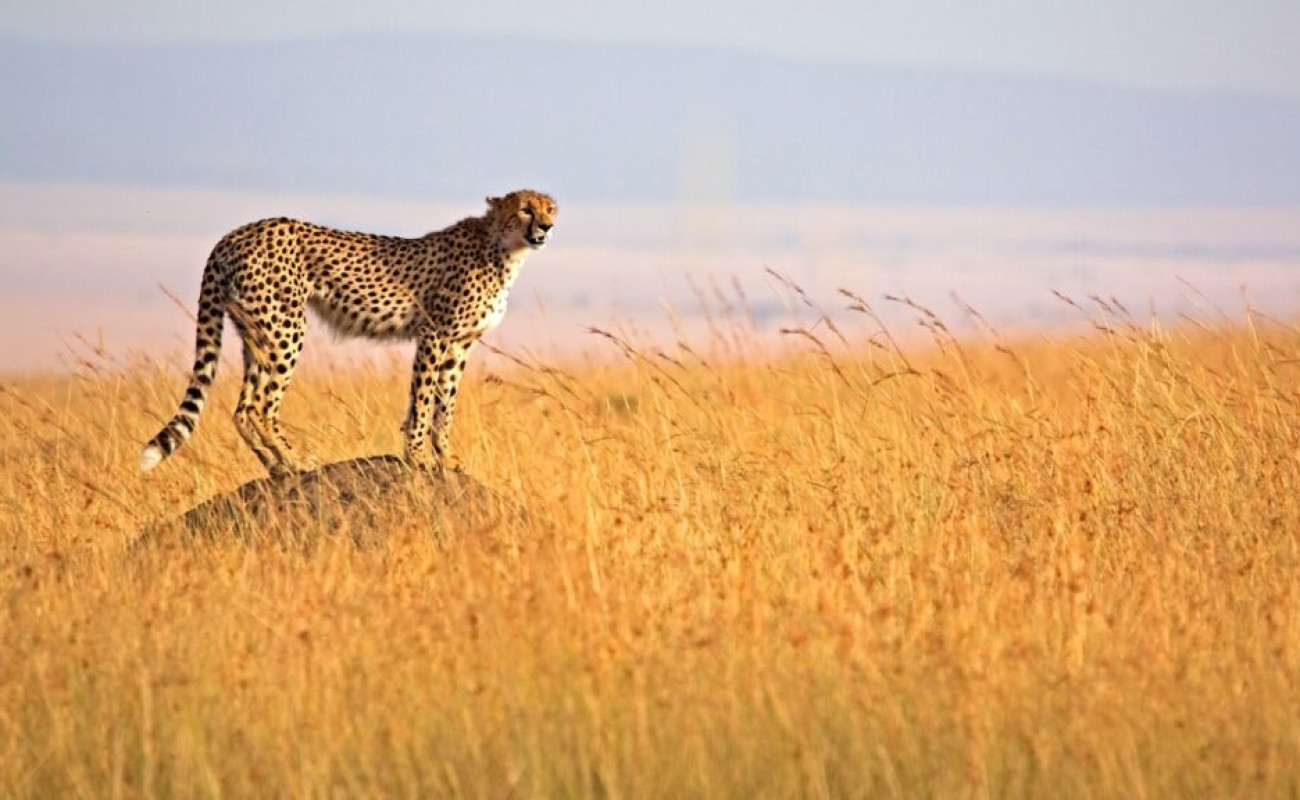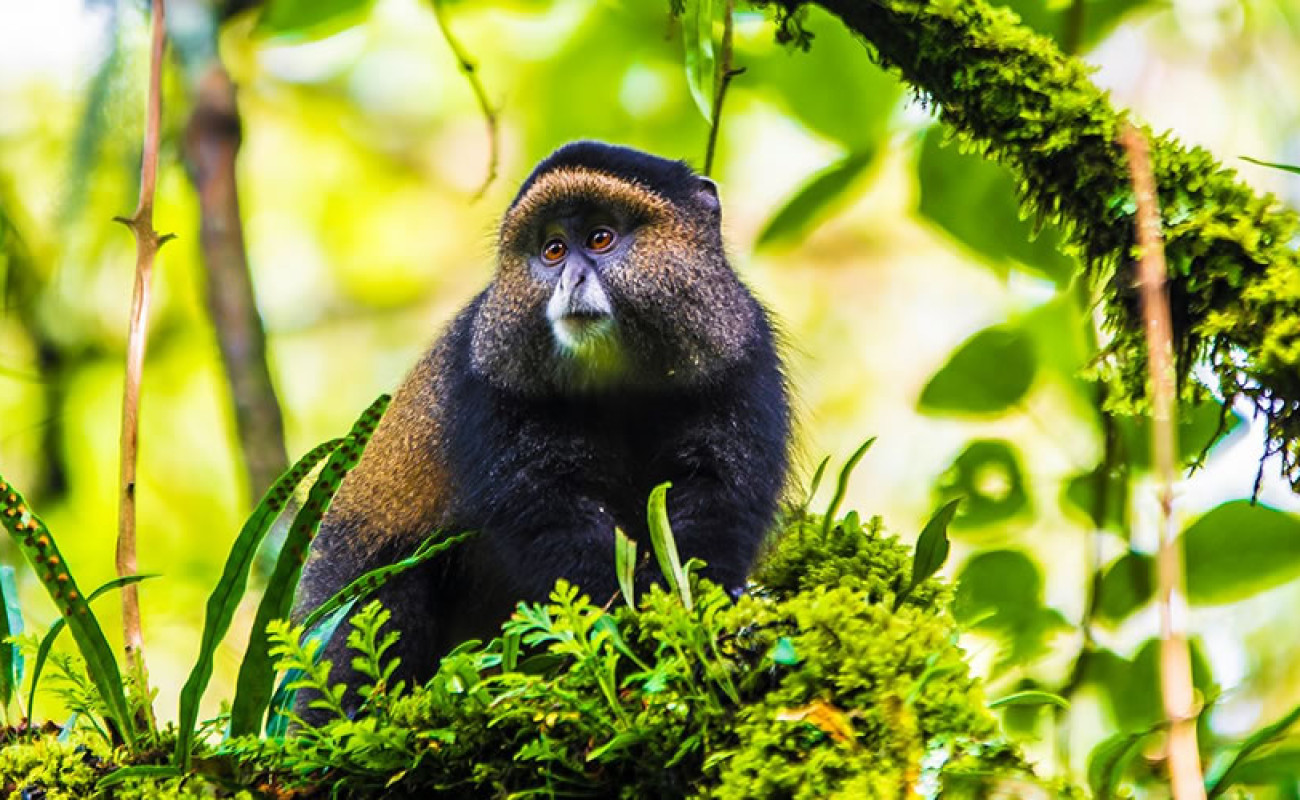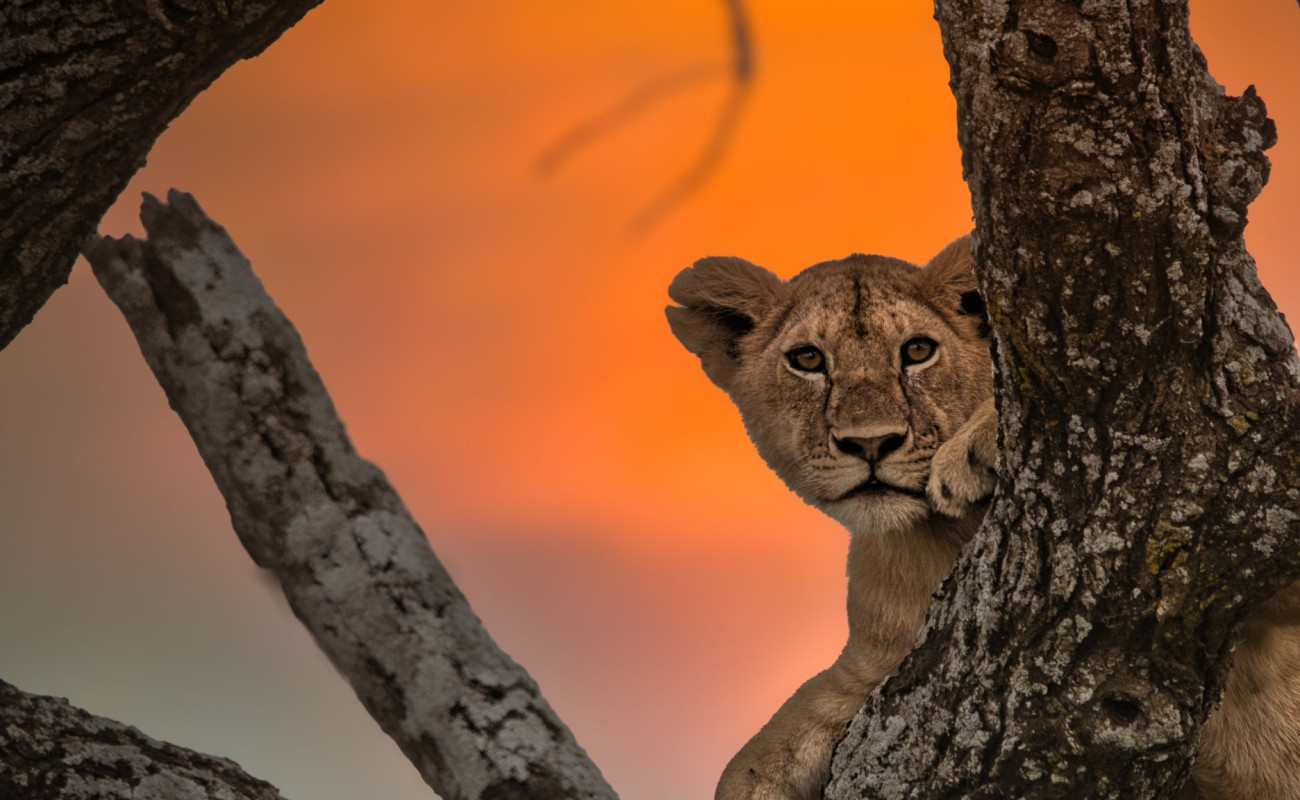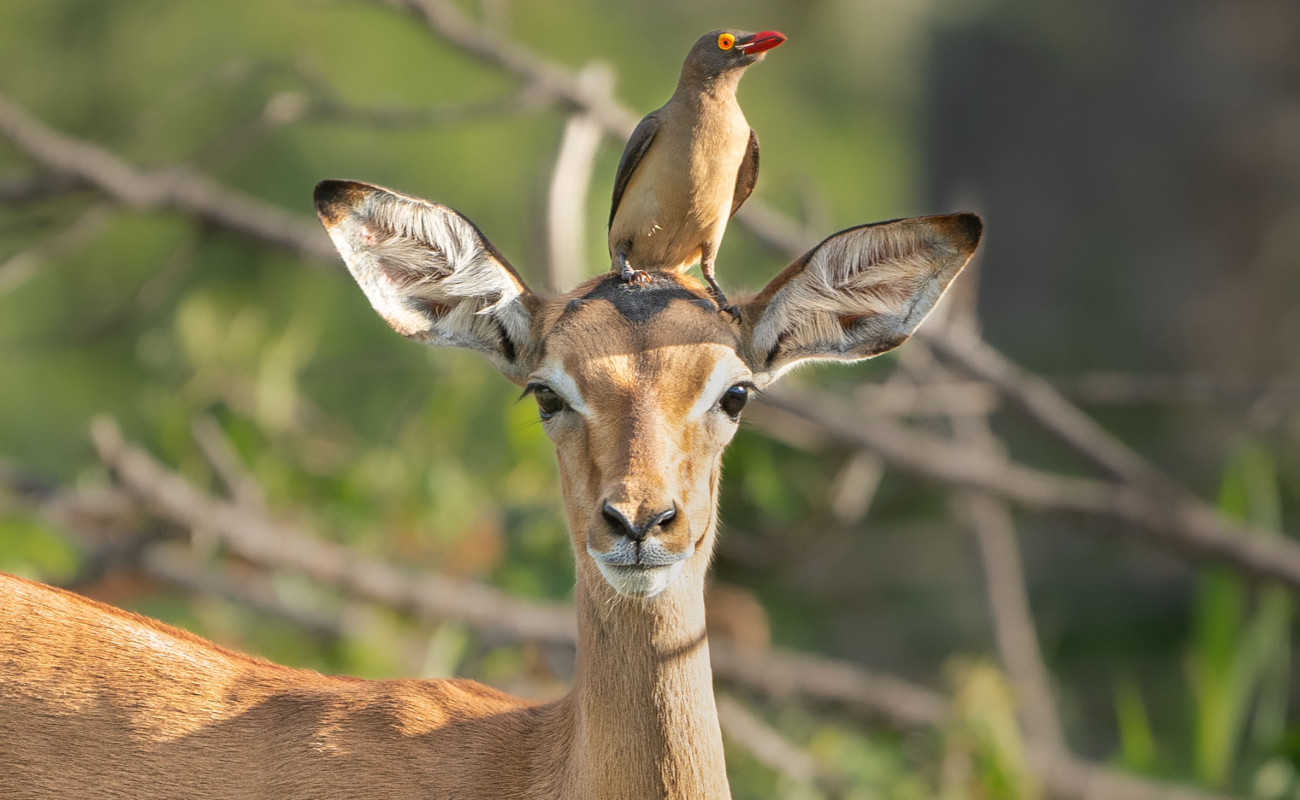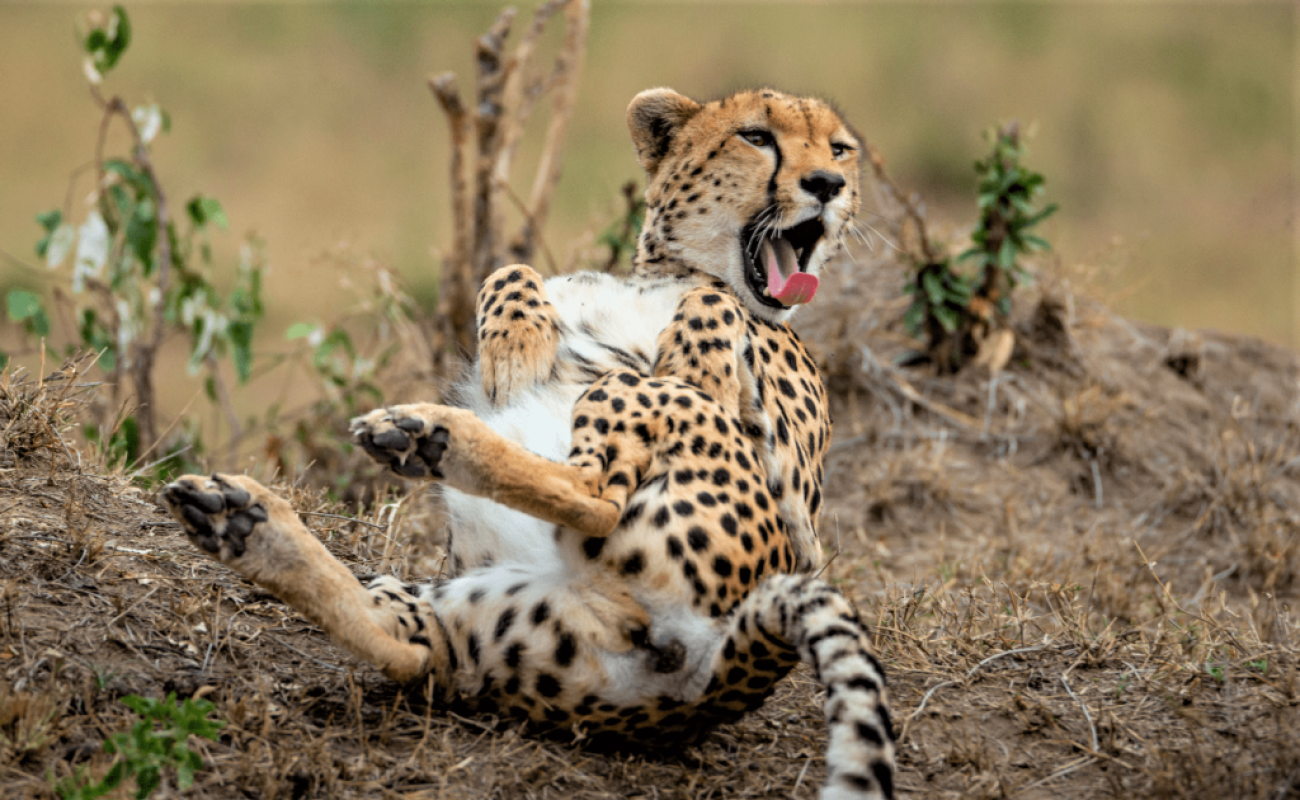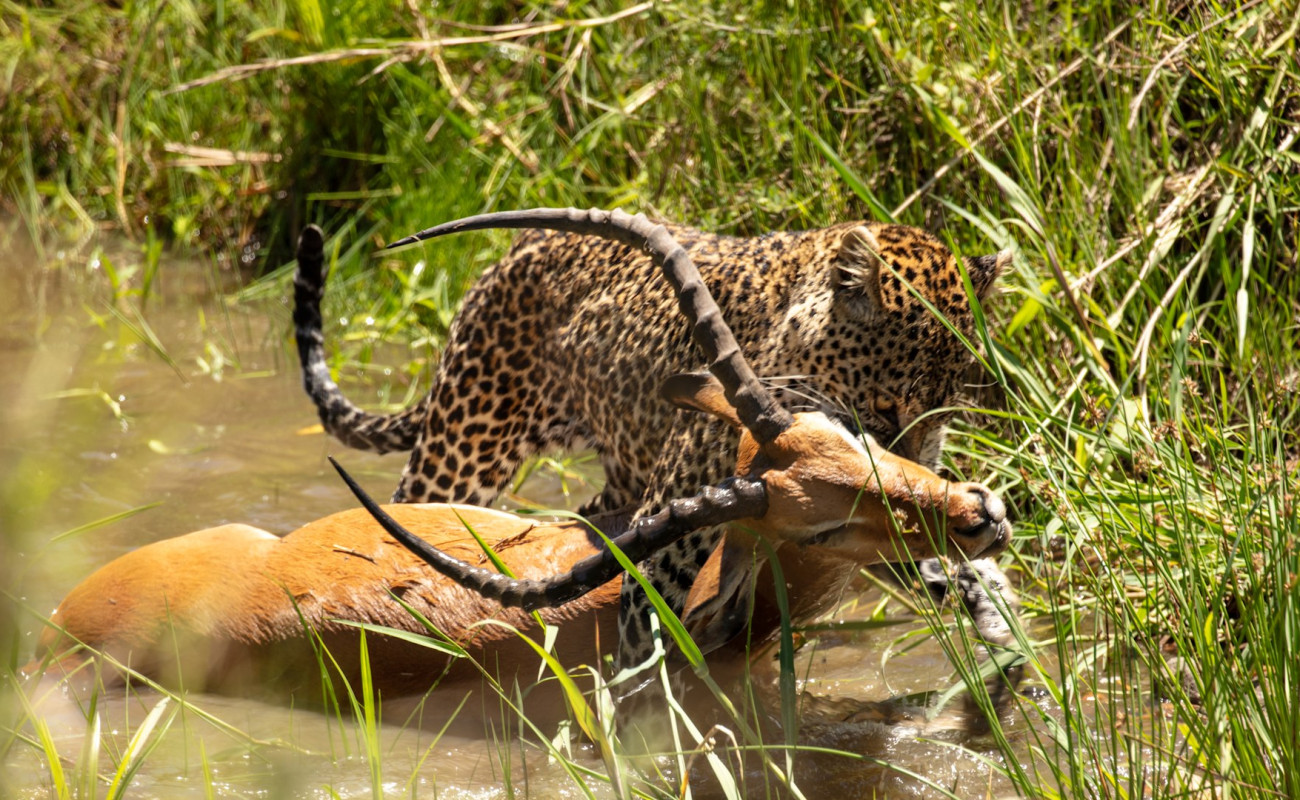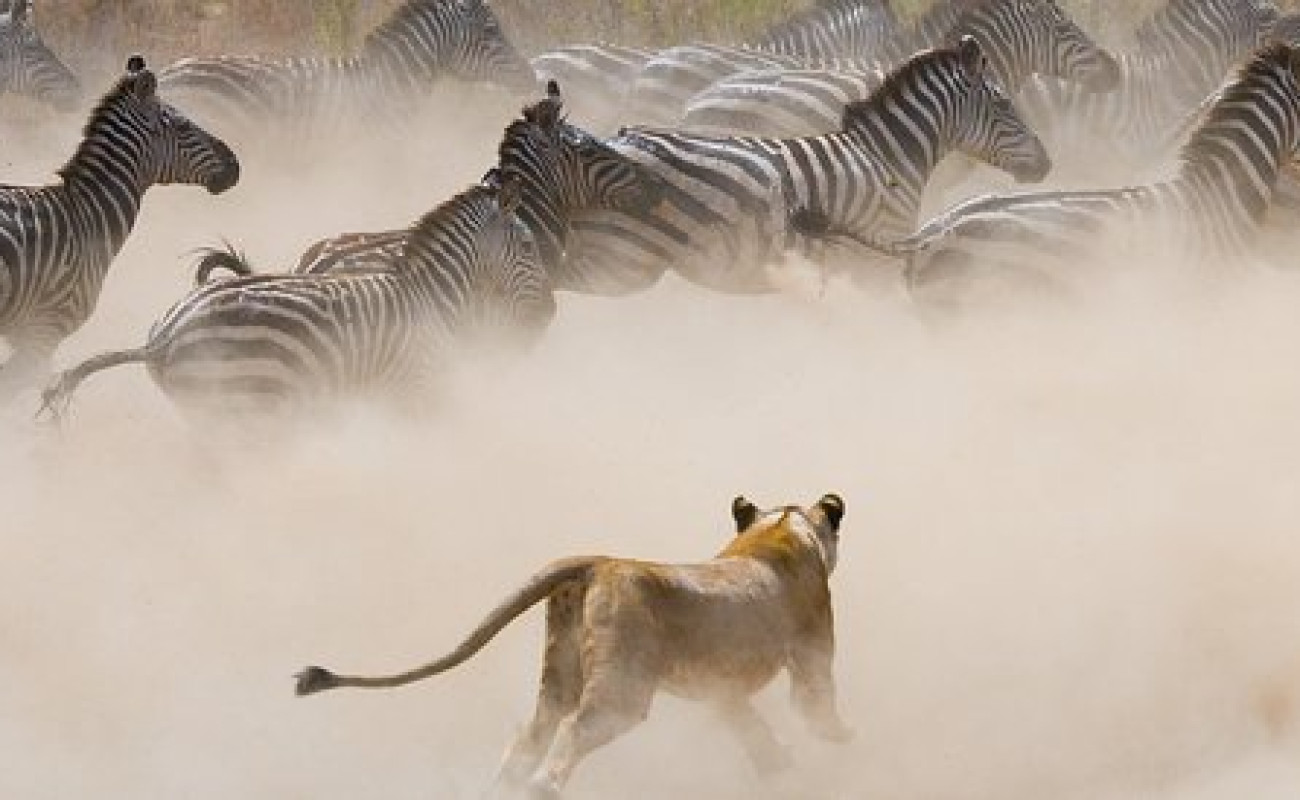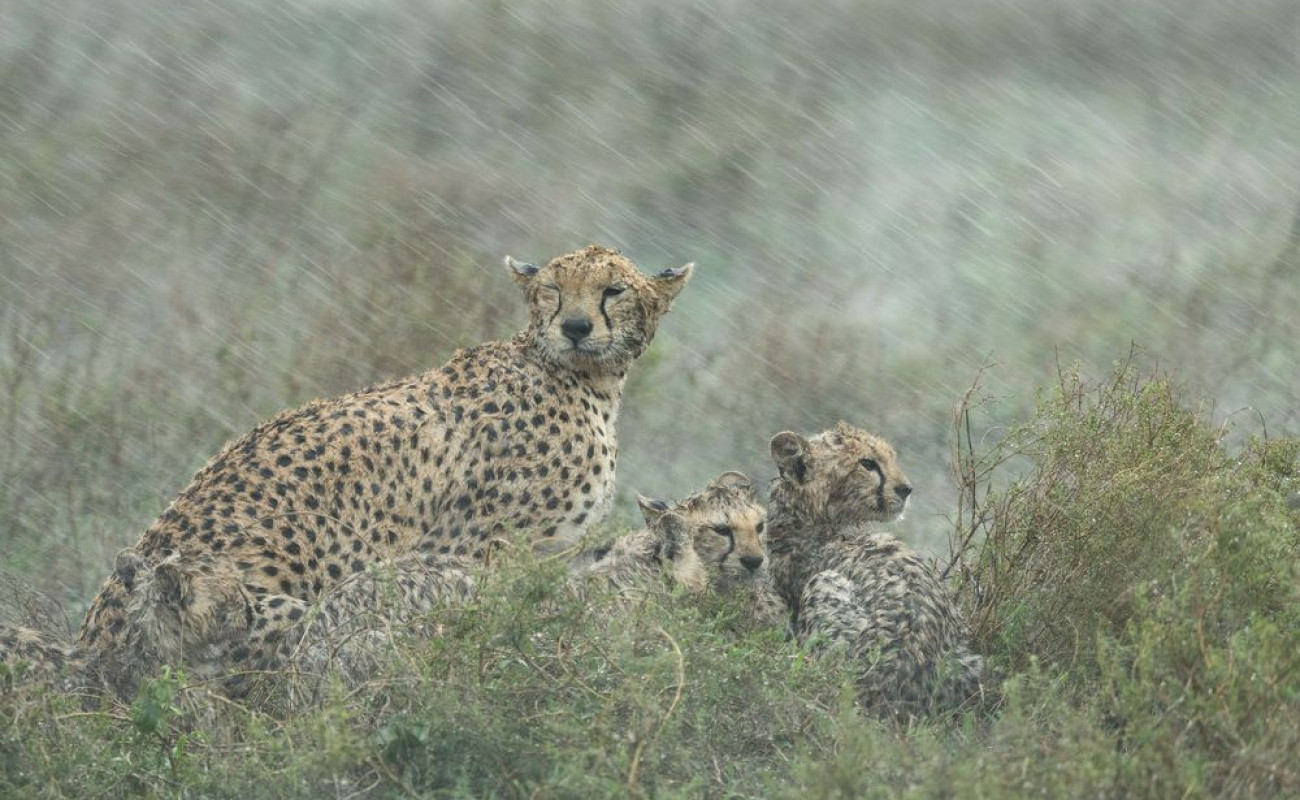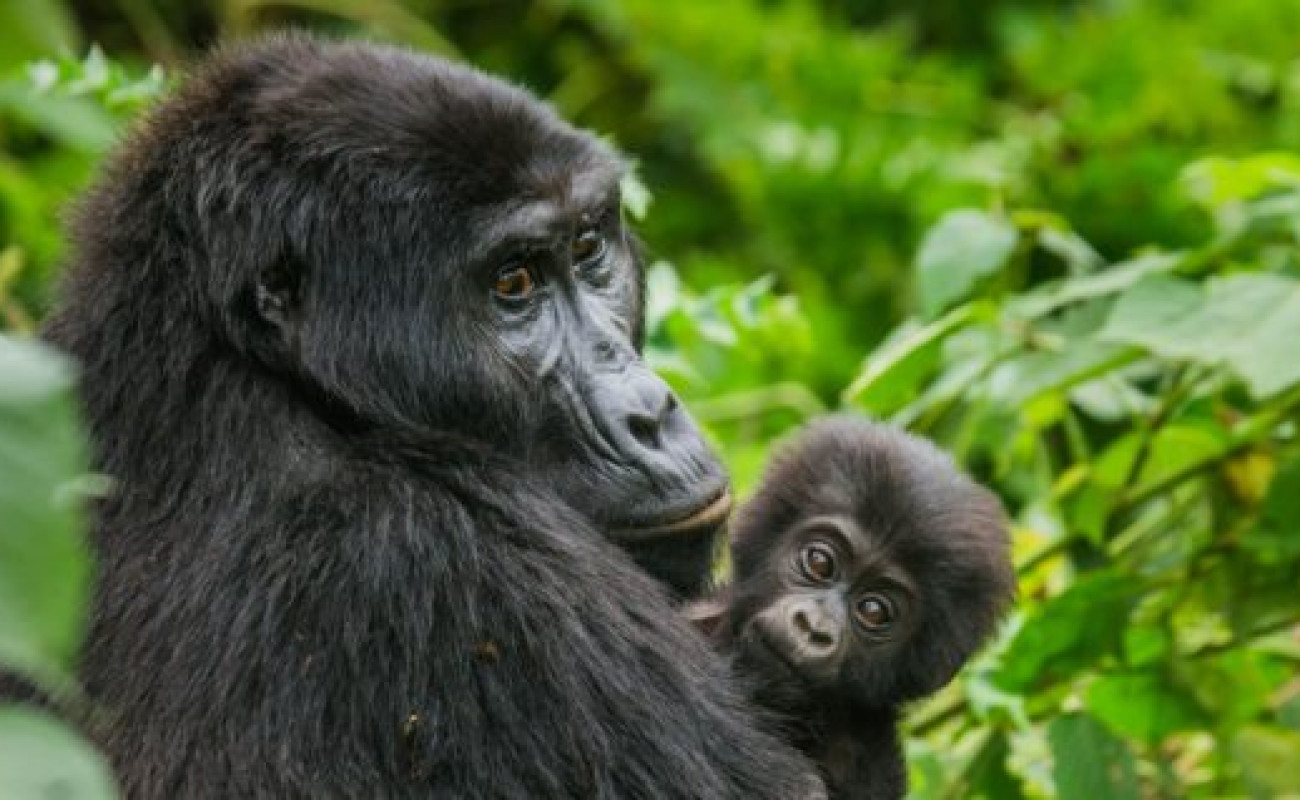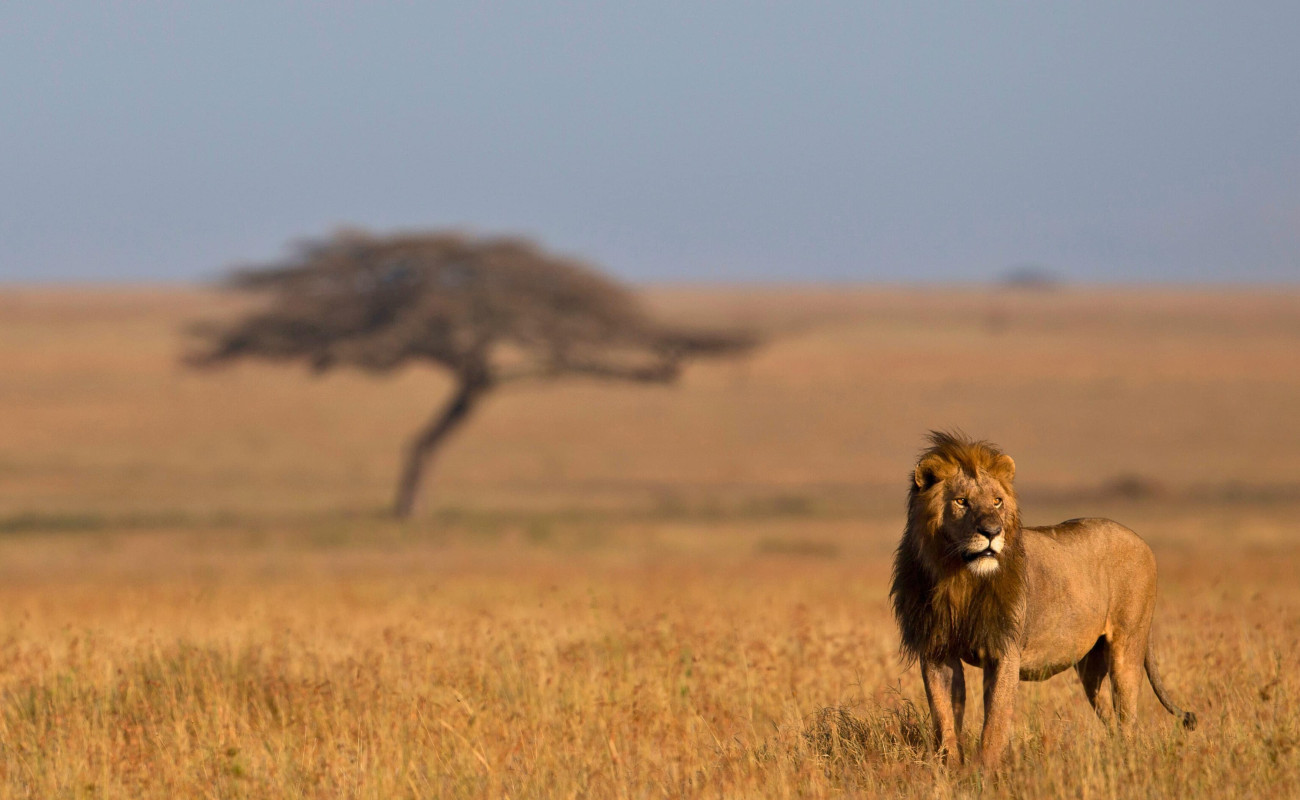On December 9, 1961, as Tanganyika gained independence, Tanzania’s first president, Julius Nyerere, declared:
“We light this torch and place it on top of Mount Kilimanjaro, so that it may shine beyond our borders – to bring hope where there is despair, love where there is hatred, and dignity where there was only humiliation.”
The summit was renamed Uhuru Peak — “Uhuru” meaning freedom in Swahili.
This act transformed the mountain from a mystical giant into a global symbol of Pan-African hope and resistance against colonial oppression.
The torch wasn’t just ceremonial. It was a promise — that Tanzania would lead with light, and Kilimanjaro would be the beacon for all of Africa.
